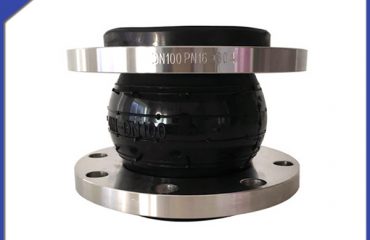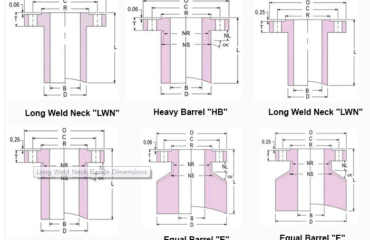Raised surface (RF): The surface is a smooth flat surface, and dense waterline can also be machined. The sealing surface has a simple structure, is convenient to process, and is convenient for anti-corrosion lining. However, this kind of sealing surface gasket has a large contact area, and the gasket is easy to squeeze to both sides during pre-tightening, and it is not easy to be compressed.
Ton and groove surface (TG): The sealing surface is composed of a tongue and a groove. The gasket is placed in the groove and will not be squeezed. The gasket can be narrower, so the bolt force required to compress the gasket is correspondingly smaller. Even if it is used in places where the pressure is high, the size of the bolts will not be too large. Therefore, it is easier to obtain a good sealing effect than the above two sealing surfaces. The disadvantage of the sealing surface is that the structure and manufacturing are more complicated, and it is difficult to replace the gasket squeezed in the groove. In addition, the tenon part is easy to damage, so care should be taken during disassembly or transportation. The tongue and groove sealing surface is suitable for flammable, explosive, toxic media and high pressure occasions. When the pressure is not high, even if the diameter is large, it can be sealed well.
Concave-convex surface (MFM): The sealing surface is composed of a convex surface and a concave surface. The gasket is placed on the concave surface to prevent the gasket from being squeezed out, so it is suitable for occasions with high pressure.
Full plane (FF) and ring connection surface (RJ): Full plane seal is suitable for occasions with low pressure (PN≤1.6MPa); ring connection surface is mainly used on neck butt welding flanges and integral stainless steel flanges, suitable for pressure range is (6.3MPa≤PN≤25.0MPa).
Other types of sealing surfaces: For the sealing of high-pressure vessels and high-pressure pipelines, the sealing surfaces can be tapered sealing surfaces or trapezoidal groove sealing surfaces, which are respectively combined with spherical metal gaskets (lens gaskets) and oval or octagonal cross-section metal gaskets match. The sealing surface can be applied to high pressure occasions, but it requires high dimensional accuracy and surface finish, and it is not easy to process.
 Language
Language Espanol
Espanol English
English Italian
Italian عربى
عربى
 Skype: chinamaker99
Skype: chinamaker99  Tel: 86-316-5120812
Tel: 86-316-5120812 Email:
Email:  Whatsapp:
Whatsapp: 
